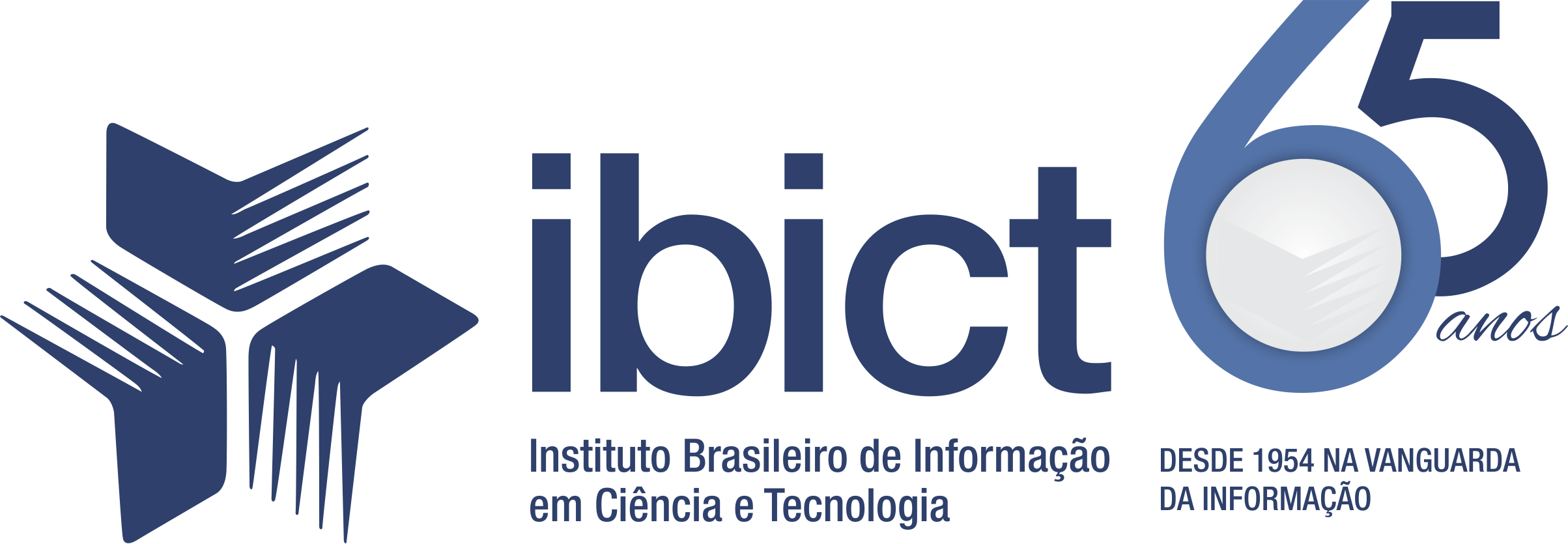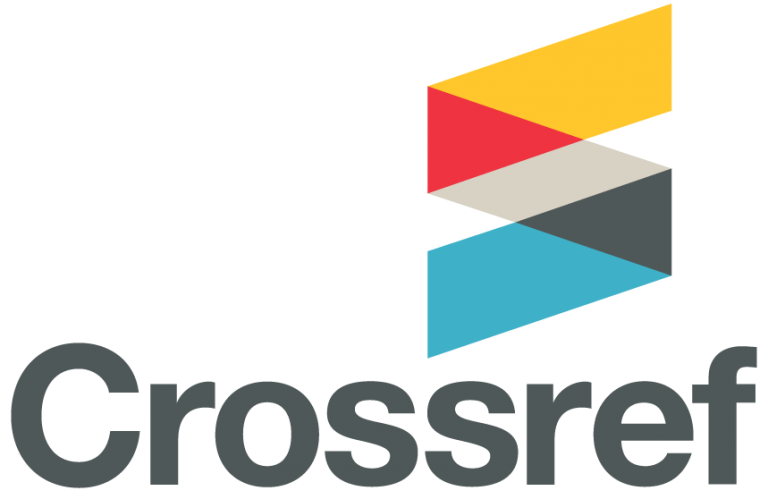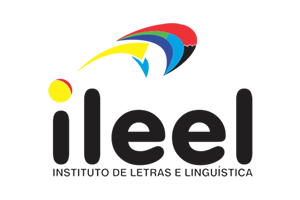How Do Deaf Adults Tell Stories?
Narrative Analysis
DOI:
https://doi.org/10.14393/LL63-v37n2-2021-03Keywords:
Special Education, Deaf adults, Narratives in Brazilian Sign Language (Libras), Evaluation instrumentAbstract
This article aims to analyze narratives of deaf adults through storytelling. This is a qualitative descriptive study. Participants were invited to visually look/read the story in the book Frog, where are you? only once. Then, they were asked to build their narratives in Libras, which were filmed for later completion of the instrument and data analysis. The instrument for evaluating narrative texts in sign language was created by researchers from the University of Barcelona in partnership with researchers from the Federal University of São Carlos and intends to contribute to assessing the quality of narratives produced in sign languages. The results show that the experiences lived in childhood significantly influences the type of narrative that the deaf brings to adult life. They also they provide reflections for future research in the field, as few works are available on the topic in Brazil.Downloads
References
GIL, A. C. Métodos e técnicas de pesquisa social. 6. ed. São Paulo: Atlas, 2008.
GUARINELLO, A. C.; LACERDA, C. B. F. Educação Bilíngue e Atuação Fonoaudiológica. In: MARCHEZAN, I. Q.; SILVA, H. J.; TOMÉ, M. C. Tratado das especialidades em fonoaudiologia. São Paulo: Guanabara Koogan, 2014. v.1, p. 516-523.
JARQUE, M. J; LACERDA, C. B. F.; GRÀCIA, M. G.; CELILLO, P.; SERRANO, M. Instrumento de avaliação de textos narrativos em língua de sinais. Universidade de Barcelona (I+D EVALOE_SSD 2015-2018) e CREDA PereBarnils. (no prelo).
LACERDA, C. B. F.; LODI, A. C. B. O desenvolvimento do narrar em crianças surdas: o contexto de grupo e a importância da língua de sinais. Temas sobre Desenvolvimento, v. 15, n.85-86, p. 45-53, 2006.
LACERDA, C. B. F.; LODI, A. C. B. Uma escola, duas línguas: letramento em língua portuguesa e língua de sinais nas etapas iniciais de escolarização. Porto Alegre: Mediação, 2009.
MAYER, M. Frog, where are you? A boy, a dog, and a frog. New York: Dial Books for Young Readers, 2003.
MORGAN, G. The encoding of simultaneity in children’s British Sign Language narratives. Sign Language and Linguistics, v. 5, n. 2, p. 131-165, 2002. DOI: https://doi.org/10.1075/sll.5.2.04mor
PEREIRA, M. C. C.; NAKASATO, R. Narrativas infantis em Língua Brasileira de Sinais. Letras de Hoje, v. 39. n. 3, p. 273-284, 2004.
PERRONI, M. C. Desenvolvimento do discurso narrativo. São Paulo: Martins Fontes, 1992.
SILVA, A. G. Corpo-texto, texto-corpo: apontamentos sobre literatura e performance na contação de história em língua de sinais. Revista Brasileira de Linguística Aplicada, v. 17, n. 4, p. 793-812, 2017. DOI: https://doi.org/10.1590/1984-6398201711324
VYGOTSKY, L. S. Pensamento e linguagem. 4. ed. São Paulo: Martins Fontes, 2008.
VYGOTSKY, L. S. Sete aulas de L. S. Vigotski sobre os fundamentos da pedologia. 1. ed. Rio de Janeiro: E-Papers, 2018.
Downloads
Published
How to Cite
Issue
Section
License
Copyright (c) 2021 Aline Lucia Baggio Montes, Lara Ferreira dos Santos (Autor)

This work is licensed under a Creative Commons Attribution-NonCommercial-NoDerivatives 4.0 International License.
The authors retain author's rights but grant the journal the right of firsth publication. The works are licensed under Creative Commons Attribution License, which allows sharing provided that the authors and this journal are properly ackonwledged.













